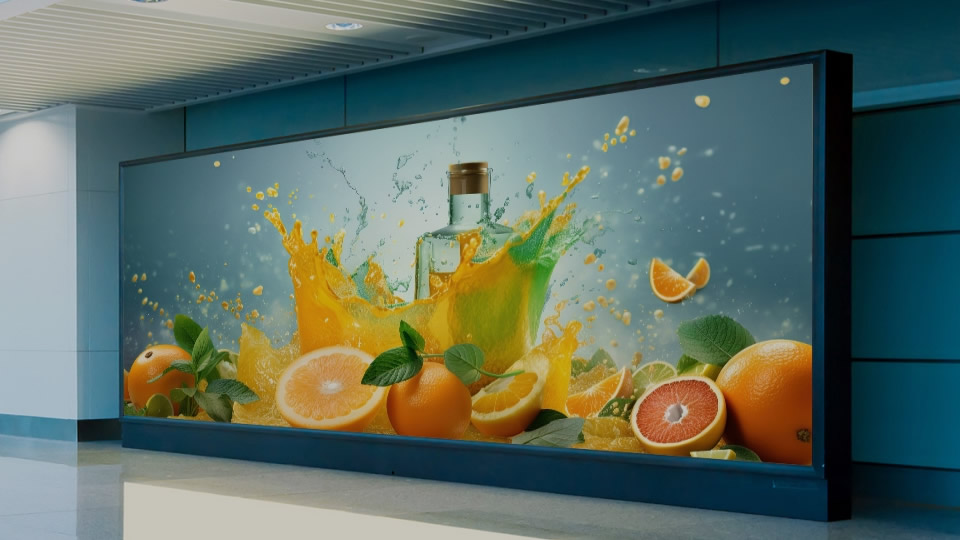Choosing the right indoor led display can be the difference between a message that gets noticed and one that fades into the background. Whether you’re outfitting a retail store, a hotel lobby, a showroom, or a conference room, a high-quality LED screen can transform how you communicate visually. But with so many options on the market, where should you begin?

The first step is to understand your goals. Are you trying to attract attention, inform your customers, or simply modernize your space? Your answer will help determine the type of screen you need. For instance, a display meant for advertising products in a store window should have higher brightness and sharper resolution than one used for meeting presentations.
One of the most important factors is pixel pitch — the distance between each LED on the display. The smaller the pitch, the clearer the image, especially when viewers are standing close. For indoor environments, a pixel pitch of P1.5 to P2.5 is typically ideal. If people will be farther away, you can consider P3.0 or slightly higher.
Next, think about the viewing distance and angle. Make sure the screen’s resolution and size match how far viewers will be. A wide viewing angle is also important in open indoor spaces like lobbies or retail stores, so the screen looks sharp and bright no matter where someone is standing.
Brightness plays a key role too. While Indoor LED Displays don’t need to be as bright as outdoor models, they should still be visible in well-lit areas. Look for screens that offer 800 to 1,200 nits of brightness. Anything less may appear dull in spaces with lots of natural light.
When considering screen size and shape, don’t just focus on the largest option. Think about where the screen will be placed and how it fits within the interior layout. Will it hang on a wall? Be freestanding? Installed above eye level? All of this will affect the size, mounting, and even the type of cabinet you choose.
Maintenance is another aspect that’s often overlooked. In tight spaces, it’s best to choose a screen that allows front maintenance, so you don’t need to dismantle the entire display for a repair. A well-built system should also offer easy access to internal components in case of any issues.
Also, consider your content needs. If you plan to run video loops, product demos, or digital signage, make sure the control software is user-friendly and supports a wide range of media formats. You should be able to schedule content or make real-time updates without needing a technician every time.
Finally, don’t underestimate the value of after-sales support. A reputable supplier should provide clear warranty terms, replacement parts, and tech support. You’ll want a team that can help troubleshoot or offer on-site assistance if something goes wrong.
In conclusion, finding the best indoor LED display is about more than just specs on a brochure. It’s about choosing a screen that fits your environment, supports your goals, and lasts over time. Whether you're setting up a small display or a large video wall, careful planning now will ensure better performance and fewer headaches later.
At Topview Display, we specialize in custom led display solutions tailored to each space. If you're not sure where to start, our team can walk you through the process and help you make a smart investment that looks great and performs even better.

